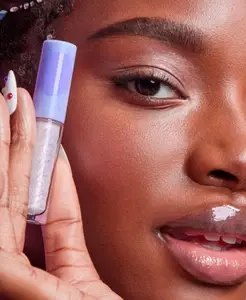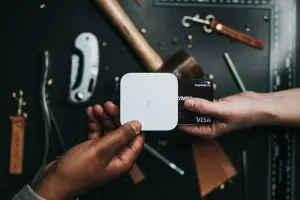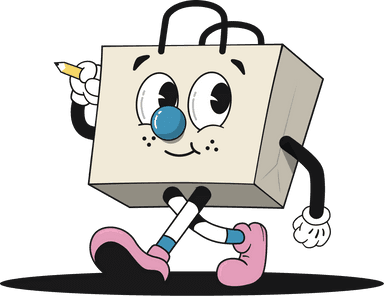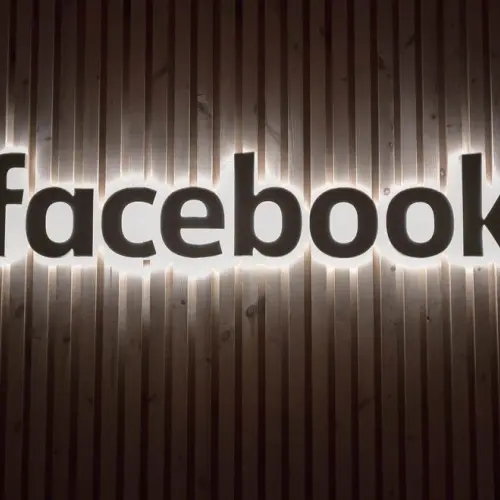Get access to exclusive updates, the latest news and the inside scoop 🍨

How To Target Facebook Ads
Knowing how to target Facebook ads is more important now than ever.
Don't want to read the whole article? 😏Click here for chapters

Written by Madeleine
In 2022, it’s no longer a matter of whether you’re planning on using social advertising to market your business, as it’s more of a matter of how.
For those of you who don’t know, Facebook is no longer a channel just for making social connections, as the site has evolved into a modern marketplace and important sales channel for ecommerce businesses on the web to utilise.
Therefore, knowing how to target Facebook ads is more important than ever, with the most successful online businesses already having the Facebook ad targeting tips from today’s guide under their belt.
See, one of the biggest advantages when it comes to Facebook ads is the targeting options, as merchants can drill down into just about any kind of target audience they’d like, allowing brands to get super specific with their campaigns.
As a result, these are the kind of tools that online retailers should be using to get ahead of the game.
Quick Answer
Facebook offers multiple types of targeting options to its users, but for today's guide, we are going to discuss how to target Facebook ads with the likes of Core and Custom Audiences at play.
Facebook Ad Targeting with Core Audiences 🎯
Facebook Core Audiences are typically where businesses start their journey with Facebook ads, as Core Audiences are essentially the base segment to use as the first set of ad benchmarks.
As a result, this is the foundation upon which businesses will build the rest of their Facebook ad strategies and audiences with.
Note: If you already have a Facebook business page and audience, you’ll find this information via ‘Audience Insights’ on the platform.
These findings will reveal the following information about your brand’s Core Audience members:
- Location
- Demographics
- Interests
- Behaviour
- Connections
Location
If you’re wondering how to target Facebook ads geographically, the platform offers location-based audience targeting for businesses to utilise.
This option is super useful for businesses that know where their brand’s audience is located.
Additionally, merchants can choose to target cities and small towns or simply select a central point to draw a radius around.
N0.1: Weather-Based Targeting
Weather-based targeting is the first of the Facebook ad targeting tips to be listed within today’s guide and with this form of targeting, companies can tap into user locations.
For instance, an apparel-based brand might choose to run ads promoting warm coats to an audience located in areas that hit a specific temperature threshold.
However, weather-based targeting isn’t a native feature within Facebook itself, but a third-party tool such as WeatherAds can be implemented into your brand’s Facebook marketing strategy to execute this targeting approach.
N0.2: Location-Based Targeting
Similarly to weather-based targeting, the next of today's Facebook ad targeting tips also focuses on the user’s geographical location, but this time it’s not about the weather.
See, consumer buying habits have changed drastically since the start of the COVID-19 pandemic and retailers have had to respond to shifts and the ever-changing restrictions on business operations.
As a result, more retailers have begun to offer click-and-collect options to their customers and online-only brands are taking a similar route by offering in-person pickup and delivery to local customers.
Therefore, offering free and flexible fulfilment options can provide any online business with a competitive edge against others of its kind.
So, if you’re wondering how to target Facebook ads using this approach, we’d start by zoning in on audience members that are located within a certain amount of miles of your warehouse to offer in-person pickups.
Equally, Facebook ads can be used in this instance to spread the word about a store’s new local delivery service.
Demographics 📈
If you’re serious about learning how to target Facebook ads, then it’s time to get familiar with demographics. In a nutshell, demographics refer to basic pieces of information about your store's audience.
For instance; occupation, income, education level, race, ethnicity, family and marital status are just some of the categories that can be covered here.
With this information, businesses can make an informative decision on how to target Facebook ads in a way that is best suited to their business and its products.
N0.3: Target Engaged Users
One way to leverage demographics data is by targeting individuals who have recently been engaged. You can bet that many of these individuals will likely soon be planning their wedding.
So, if you’re looking to advertise products such as; jewellery, accessories, party favours or invitations, getting started with our Facebook ad targeting tips would be the best option for you.
Also, who’s to say that this has to be a one-time thing? That’s right, online businesses can choose to retarget users in the future with ads for honeymoon travellers and new homeowners.
To do this, we’d recommend utilising creative messaging to tap into your audience's current lifestyle.
N0.4: Event-Based Targeting
When learning how to target Facebook ads, it’s important to know that the platform also provides relationship data, such as relationship status and dates for businesses to engage with users who have upcoming anniversaries.
If you ask us, we think that this is a great approach for jewellery brands and restaurants to take as well as; travel agents, spas and hotels who can host a couple’s anniversary celebration.
Interests
From all of the Facebook ad targeting tips listed throughout today’s guide, the following information is crucial for all businesses to know.
As a platform, Facebook has a ton of data about user interests, which is key information for any brand to implement within its ad targeting.
Interests cover a wide range of aspects such as; sports, sports teams, athletes, music genres, bands, artists and songs alongside pretty much any other interest that you can think of.
N0.5: Interest-Based Targeting
If you have a new product to introduce to the world, why not get to work using the next of our Facebook ad targeting tips?
FYI, interest-based Facebook ad targeting should be used to put products in front of the right people, as the correct individuals will be interested in your product.
For instance, maybe your store has just begun to sell a new type of dog toy, in which case, a smart business would use interests specifically involving dogs to target their ads correctly on Facebook.
Behaviour 🔎
Next up in our guide of how to target Facebook ads are a few behaviour-based Facebook ad targeting options and these options include things such as; recent purchases, device usage, Facebook roles and activity.
N0.6: Target Purchasing Behaviour
As mentioned above, targeting purchasing behaviour is the next of our Facebook ad targeting tips.
See, when merchants choose to focus on this area, businesses will have the added benefit of knowing that their audience is willing to make online purchases. So, that’s step number one.
Step number two is to choose subcategories that are relevant to your brand, its industry and its products.
Note: Don’t be afraid to get too specific, as this is a great way to boost customer acquisition.
One way to lure in potential customers by purchase-based behavioural targeting is to offer an incentive to your target audience.
For instance, you might consider offering a discount, a free sample or a free gift with purchase to push browsers toward converting.
Connections
Wondering how to target Facebook ads with the likes of connections? Connection-based Facebook ad targeting is where businesses zone in on individuals who have some sort of direct or indirect relationship with their Facebook; page, app or event.
This means that they or someone they’re friends with on Facebook may have liked your page. Equally, these users may have; liked one of your posts, engaged with your app or RSVPed to one of your events.
N0.7: Utilise Facebook Dynamic Ads to Optimise Performance
Take it from us, utilising Facebook dynamic ads to optimise performance is one of the key Facebook ad targeting tips that merchants can take right to the bank.
When targeting connections of users who have engaged with your ads in the past, it’s more than okay to use the same ad creative but be sure to allow Facebook automated dynamic ads to optimise the copy and imagery to generate the best results.
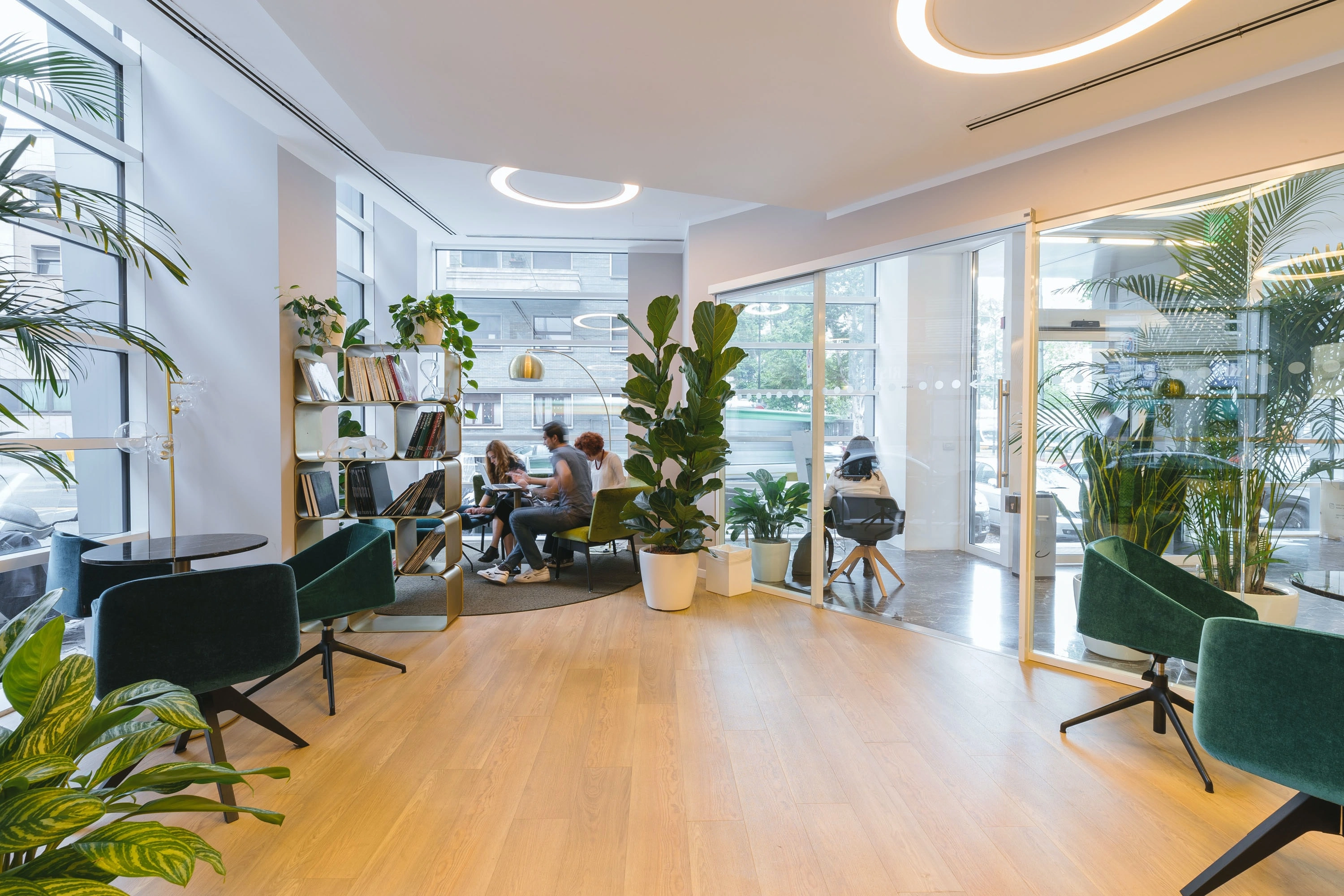
Refine Facebook Ad Targeting with Custom Audiences 👥
Once you’re comfortable with Core Audiences, it’s time to move on to Custom Audiences.
In short, these segments are made up of users who are already aware of your brand to some extent. Maybe they’ve heard of your products or have engaged with your Facebook page before?
Either way, there are three main sources of data for Custom Audiences that all businesses running Facebook ads should be made aware of and they are as follows:
- Contact lists
- Site visitors
- App users
Contact Lists
Want to discover how to target Facebook ads by utilising contact lists? No problem, just upload or connect your existing contact lists to Facebook to build target audiences based on these profiles.
N0.8: Nurture First-Time Customers
Have you ever considered uploading a list of your first-time customers to Facebook and running a customer retention campaign to encourage users to make a second purchase?
Your creative could be designed to; welcome customers to your brand, introduce them to your product guarantee or provide content to help customers make the most of their purchases.
Additionally, online stores can also use customer data to encourage future purchases.
If you’re wondering how to nurture first-time customers in the right way, simply think about what first-time customers typically buy but also when they tend to buy it.
For instance, if it has been six months since their initial purchase, be sure that your brand’s ads are still targeting users within this time frame.
Website Visitors 🖥️
Did you know that Facebook can also target individuals who have visited your ecommerce site or specific pages on your website in the past?
You might see this Facebook ad targeting option referred to as ‘website custom audiences’, which is where merchants can drill down into onsite behaviour such as; page depth, time spent on site, which pages they choose to click off of and more.
N0.9: Set Up Facebook Pixel
Before you can even begin to think about creating and running your campaign, any merchant worth its salt will want to install the Facebook Pixel on their website.
In a nutshell, the Facebook Pixel tracks user behaviour on-site, not only providing users with data to include within their Facebook ad strategy but also specific audience segments that can be targeted in the future.
N0.10: Create an Abandoned Cart Ad
In 2022, the average shopping cart abandonment rate is just shy of 70% and as many as a quarter of shoppers will abandon a cart to purchase from the competition.
So, if you've followed the steps above and you’re still wondering how to target Facebook ads, the simple truth is that it may be time to create an abandoned cart ad if your store’s sales aren’t reaching new heights.
As we’re sure you already know, abandoned carts are like lost opportunities, so the question here is what's preventing these shoppers from completing the final step?
Recovering those carts may prove to be an easier feat than attracting first-time buyers because the user is already familiar with the brand, has an interest in its products and just needs a little encouragement to complete the process.
In some cases, it might be a smart move to offer a discount code or free gift to your audience, whereas in other cases, a simple reminder of what they’re missing out on will suffice.
Note: Users can test ad creatives and utilise Facebook’s automated optimisation options to find out what works best.
N0.11: Implement Sequential Retargeting
The next of the Facebook ad targeting tips to be featured within today’s article is sequential retargeting.
For those of you that don’t know, sequential retargeting through Facebook ads is when businesses target members of their audience with a series of ads depending on their onsite behaviours.
This is an effective type of Facebook ad because it acknowledges the stage consumers are at in their buying journey. For instance, a product page visitor is far more likely to be ready to purchase compared to a user that has only visited your homepage.
App Users
If you have a Facebook app, then you’re in luck because you can target individuals who have engaged and taken specific actions within the application.
Users such as this will already have some sort of familiarity with your brand, so it’s mostly a matter of sealing the deal when it comes to targeting Facebook ads to audience members such as this.
N0.12: Integrate the Facebook App with Shopify
By integrating the Facebook app with Shopify, merchants can connect their; Facebook page, shop and application to their Shopify store with seamless integration.
This integration allows merchants to use their online store as a central command centre for everything related to their business and presence on Facebook.
When merchants sell on Facebook with Shopify, their store’s inventory and product catalogue will automatically sync from Shopify to the Facebook app, allowing retailers to create ads and implement this data into their marketing strategy with ease.
Advertising on Facebook with Shopify 🤝
If there’s one thing that we’ve learnt over the years as a team of Shopify experts, it’s that commerce is constantly changing and social media platforms like Facebook have become modern marketplaces, making them more than just a place to connect socially.
One of the reasons these modern marketplaces are so successful as sales channels is because buyers are already spending their time in these corners of the web.
So, when merchants share their brand on Facebook, they're effectively meeting buyers where they’ve chosen to spend their time organically.
Separately, using a single central mission control makes it easier to stay on top of omnichannel sales and while you can certainly rely on Facebook to take care of everything, it’s always best to own an ecommerce site to reap all of the benefits that come with it.
For instance, with a store on Shopify, there are no selling restrictions, changing algorithms, or disjointed customer relationships and when merchants advertise their business and sell on Facebook with Shopify, everything can be managed from one powerful platform.
So, what are you waiting for? It’s time to start advertising your Shopify business on Facebook by following the Facebook ad targeting tips listed throughout today’s guide.
If you’re actively looking to work with a Shopify agency designer or developer to assist you with your business, we’d love to hear from you. Get in touch to get started!
Get Started with Shopify
Looking to get started with Shopify? Take advantage of Shopify's 14-day free trial, no credit card is required.
If you're actively looking to work with a Shopify agency designer or developer to assist you with your business, we'd love to hear from you. Get in touch to get started!
Want to read some more?
Have a look over more posts related to this one

